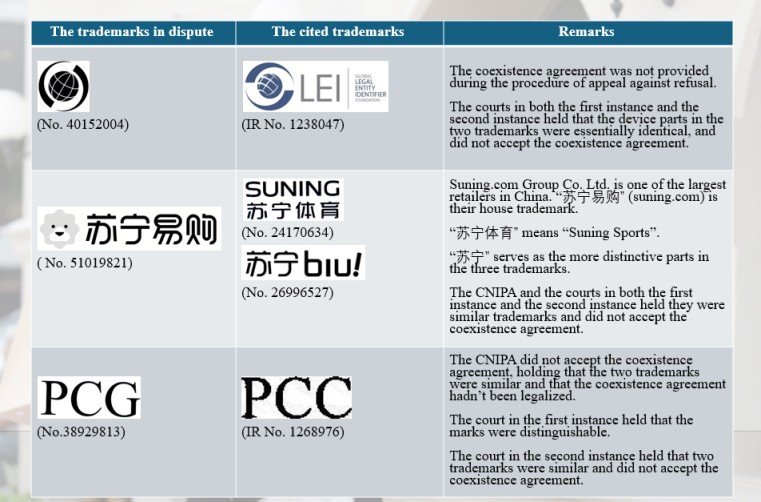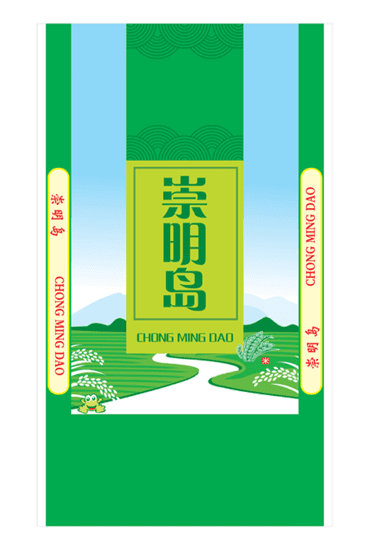The trademark No. 26833890, was applied for by a Chinese individual, Chao Geng, on October 12, 2017, and was successfully registered on May 7, 2020, in respect of the goods “baijiu [Chinese distilled alcoholic beverage], etc.” in Class 33. In 2021, one of the most famous spirit producers, Sichuan Yibin Wuliangye Group Co., Ltd., filed an invalidation request against the said trademark claiming that the trademark lacks distinctiveness. The CNIPA considered that in ancient times, 馫 was an variant of 馨, which means fragrant, and 陈 is usually used to describe aged liquor, thus the trademark directly indicates characteristics such as quality. Then, the CNIPA decided to declare the said trademark null and void.
Geng, the trademark registrant appealed to the courts. The court in the first instance agreed with the CNIPA’s determination. The court in the second instance further considered consumers’ possible subjective judgments, noting that 馫 is not a common Chinese character and that ordinary consumers may easily read or interpret it as the common Chinese character 香 with the meaning of “fragrant”, thus further identifying the trademark as 陈香. 陈香 is an inherent and commonly used word to describe the storage time, aroma, and quality of spirit products, especially Chinese baijiu. Consequently, the second-instance court ultimately rejected the registrant’s litigation request.


























